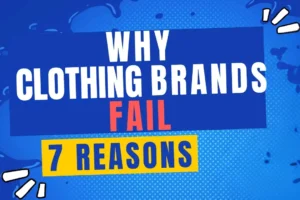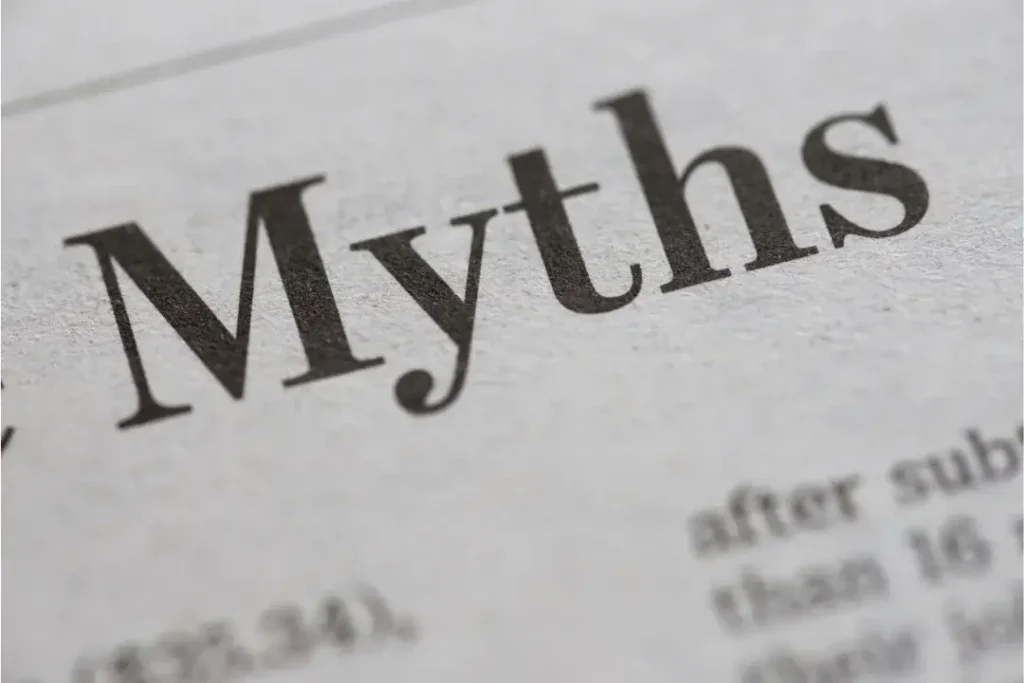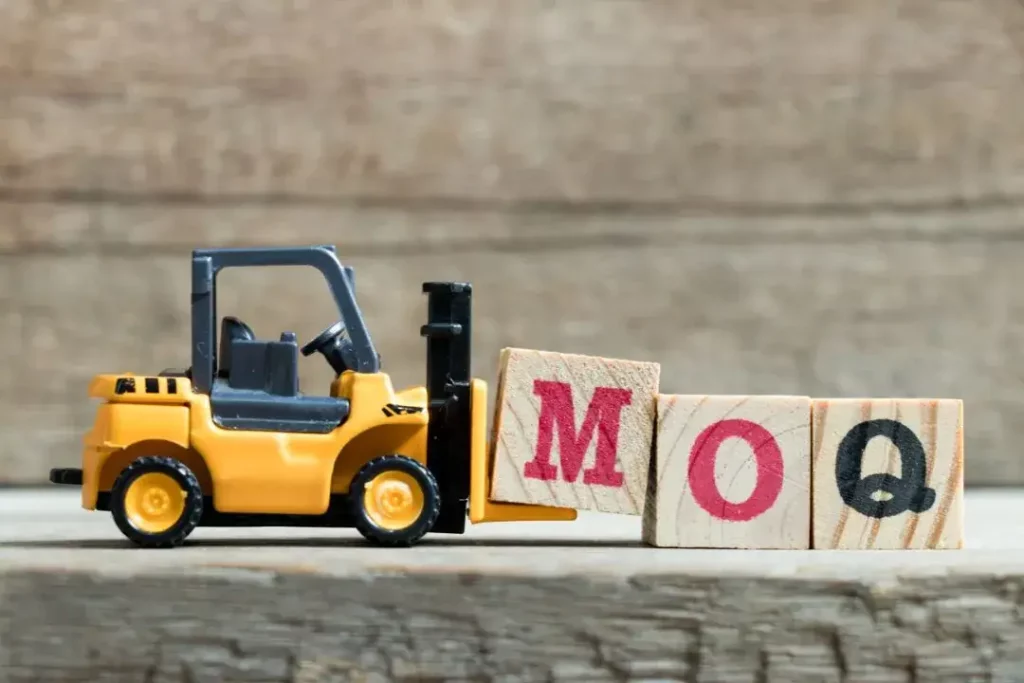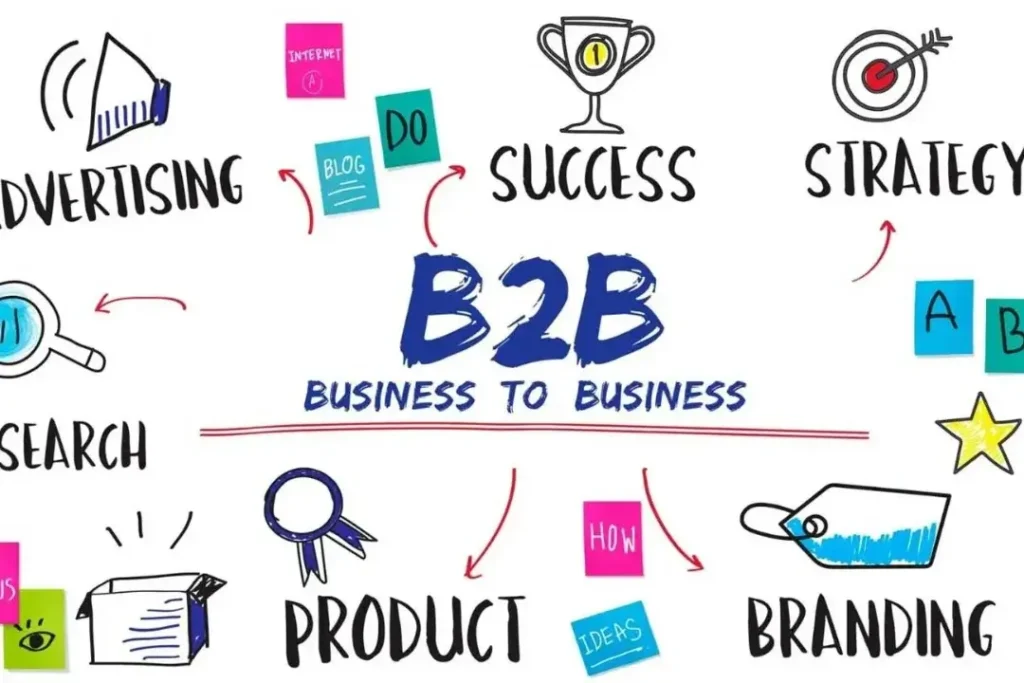
Why Clothing Brands Fail
Top Different Types of Shirts for Women and Men Top Different Types of Shirts for
4 Clothing Manufacturing Myths Costing B2B Brands Millions
More than 72% of companies are unaware that they are usually overpaying for manufacturing, which is a consequence of misinformation. That’s millions of dollars going to waste just because of our old beliefs about producing clothes. This isn’t just a minor annoyance, each of these myths costs B2B brands millions of dollars every year. The results range from wasted resources to less-than-ideal suppliers.
In this article, we will debunk the most common myths about clothing manufacturing and provide practical cases or strategies. Whether you are a retailer, an eCommerce owner, or a business that sells through a manufacturer to make your products, you will leave with takeaways that will save you time, money, and headaches.
Common among newbies to global sourcing is the belief that overseas manufacturers are always untrustworthy. Why does this myth persist? Much of it boils down to culture clashes, communication mishaps, and misinformation about business practices in other countries. In addition to occasional horror stories about inferior products, is it any wonder that many brands are reluctant to leap into foreign production?

It is what it is, and the truth is that plenty of successful B2B brands are getting their products made by reputable manufacturers from overseas at much cheaper prices than they would be able to source locally. All top brands rely heavily on overseas suppliers to respond quickly to the treatments generated in the global marketplace today. Although Nike, Adidas, and Zara are examples of powerful brands where the products they sell are made by overseas manufacturers, it is because they know well what factories they can deal with that provide quality in a short spin, leaving them only the extra work like branding their products!
Therefore, according to the data, more than 60% of B2B apparel brands seeking better price solutions rely on overseas manufacturing and achieve better flexibility and pricing when selecting partners selectively.

So, how do you avoid putting yourself at the mercy of substandard manufacturers? It begins with screening your prospective partners. Here’s how to get it right:
Standard Certifications: Look out for manufacturers who hold recognized certifications such as ISO or Ethical Trading Initiative (ETI)
Check references: Request references or examples of other brands and how they have worked with them.
Visits To Factory: If applicable, visit the manufacturer’s facility. But if that’s not possible, book a virtual tour or a third-party inspection service.
Contracts & Audits: You need clearer agreements. Ensure quality standards, due dates, and a penalty for not meeting expectations. Regular quality audits will guarantee you get what you paid for.

Only bad manufacturers offer low MOQ. There is a persistent myth that only bad manufacturers offer low MOQs, which means they are less professional or can not produce high-quality goods. The logic is that if you are only ordering small quantities, the manufacturer is saving costs somewhere: with materials, labor, or even the production process. After all, larger orders usually go to a known and respectable manufacturer. So, low MOQs? Quality compromised, they must mean?
In reality, low MOQs are made for small businesses, start-ups, and niche markets. Because smaller brands need access to top-tier manufacturing without the burden of minimum orders required by the more prominent players, many manufacturers offer first-rate production even on short runs.
Many product manufacturers, especially fashion OEMs—have minimum order quantities (MOQs) that are low enough to help small and startup businesses meet quality standards while maintaining their ideal production order quantity. Consider companies such as Printful, which is known for its quality prints and materials, even on low-volume orders. This small is an example of how you don’t need to downscale to reduce your amount.
If you are worried about the quality when you are making smaller orders, here is how you can confirm that you are getting the ideal product possible:
Ask for Samples or Prototypes: Always ask for a sample or a prototype before applying for a bulk order placement. You can then assess the quality for yourself.
Third-party Inspections: Use independent inspectors who can review your production and final product before they reach your hands. This will add an additional level of confidence and comfort.

In touch with reality, sustainable manufacturing can lower total costs in the longer term, especially savings arising from improved efficiencies such as zero-waste clothing manufacturing, waste management, energy savings, and a more optimized supply and logistics chain. A zero-waste approach to production is one example of how brands can eliminate costs associated with materials that otherwise would be wasted. Similarly, efficient processes and sourcing sustainable-clothing raw materials can drive down costs in the long run.
Smaller brands have already mastered this. Brands such as Patagonia and Allbirds show us that profitability and sustainability can coexist. By focusing on sustainability, they appeal to eco-aware customers and aim for long-term sustainability via cheaper production and resource efficiency.
How can your brand embrace sustainability and still make a profit? Here are a few strategies:
Go For Circular Economy: Switch to a circular economy model where products are designed to be reused or recycled. This prolongs the natural life of your products and reduces waste.
Source Sustainable Materials: Negotiate with your clothing manufacturer on pricing for sustainable materials that can be used at a reasonable cost. More suppliers than ever are offering sustainable fabric options, and many make it easy to be eco-friendly, helping you further reduce clothing manufacturing costs.

Many businesses perceive that the involvement of a middleman, be it a sourcing agent, trading company, or other intermediary, will streamline and mitigate risk in the process. The thinking is that middlemen bring local knowledge, ties, and negotiating skills to bear on the challenges of international manufacturing. They’re also perceived as a safety net and avoid the potential pitfalls of going directly to the manufacturer.
But here’s the reality: That isn’t always the best way to do things.
But that convenience does come at a cost: middlemen add a substantial markup to the price of your products. These markups can eat away at your profit margins, making your manufacturing process more expensive than necessary. Brands working directly with clothing manufacturers can achieve savings ranging from 20% to 30%, as per studies done to get closer to the true product cost instead of being dependent on wholesalers, distributors, or intermediaries who might happen to sell the same product as the brand.
In the fashion industry, direct-to-consumer brands that manufacture straight at the factory level tend to dramatically lower prices. For instance, using platforms such as Alibaba, businesses can work directly with manufacturers, cutting the middleman’s costs while having control over quality, pricing, and deadlines.
It may sound intimidating to go straight to the source, but it’s not as difficult as you might think. Here’s how to do it:
Utilize online platforms: Online sources like Alibaba, Maker’s Row, and ThomasNet help you connect with manufacturers all over the world. You can explore potential suppliers, check their ratings, and obtain quotations relatively easily.
Overcome Cultural and Language Barriers: If you fear language barriers, many manufacturers provide translation or operate in English. If you need to, you can also hire freelancing translators. The secret is to establish clear expectations at the beginning and to stay in touch regularly.

Not only will you lose money believing these myths, but it can also seriously harm your brand. Here’s what might be at stake:
Financial Losses: Suboptimal manufacturing choices—be it overpaying for a middleman or settling for low-tier products—can cripple your bank account. Those small losses over time accumulate into a giant financial destruction.
Missed Opportunities: Purchasing into misunderstandings can cause you to miss out on unique opportunities for innovative partnerships with manufacturers that can provide better solutions, lower costs, or greater flexibility in production.
Damaging brand reputation: Low-quality products or unreliable supply chains can damage your reputation, leaving you with unhappy customers and negative reviews.
Always remember: quality is an every day job and neglecting this could take your brand down for years.
Here are a few actionable strategies you can implement to ensure you’re making wiser decisions:
Carry out Due Diligence: Always conduct rigorous background checks on potential partners. Check out any certifications and look at conditions in the factory and past work before committing. Keep Yourself Updated by attending trade shows, reading industry reports, and following the latest trends and technologies in clothing manufacturing. This will allow you to make better decisions.
Build Long-Term Relationships: Develop trust with your manufacturers. Establishing an open and transparent communication process is essential for effective sourcing, which will develop a long-term partnership, stringently manage your supply chain, and prevent costly errors.
But the myths in the clothing manufacturing industry are not myths—they are real costs that are killing your business. However, by debunking these myths and implementing more intelligent strategies, you can save money, improve quality, and be a more informed, better decision-maker, which is healthy for your brand in the long run.
At Expertowears, we’ve faced these challenges for years, and we’re here to help you navigate them. Whether you’re just dipping your toe into the industry or you’re an old pro retailer, the expertise we bring can steer you toward manufacturing choices that make sense. Together, we will design the supply chain that your business needs and deserves.
Many myths persist because of the lack of industry transparency and old perceptions being repeated throughout the years.
Yes! If properly vetted and communicated with many overseas manufacturers can produce excellent quality, sometimes better quality than domestic manufacturers.
Sustainable practices can be adapted to any small brand’s budget and scale. In the long run, using eco-friendly practices usually costs less because they waste less energy and create greater energy efficiency.
Ask for samples, conduct factory audits, and, above all, have solid contracts with very precise specifications. Quality control is key at every step of the process.
Not if you know what to look for and practice open communication. Managed correctly, direct relationships can be extremely valuable.
Expert Custom Clothing Manufcaturer

Top Different Types of Shirts for Women and Men Top Different Types of Shirts for

What You Must Know About Clothing Samples? Before You Produce a Single Garment: What You

How Much Does It Cost To Make a Hoodie A Complete Cost Breakdown for Custom

Discover the Types of Buttons Discover the Types of Buttons That Transform Style and Functionality
Most Recent Posts
Expert Custom Clothing Manufcaturer
Join our Mailing list!
Get all latest news, exclusive deals and updates.